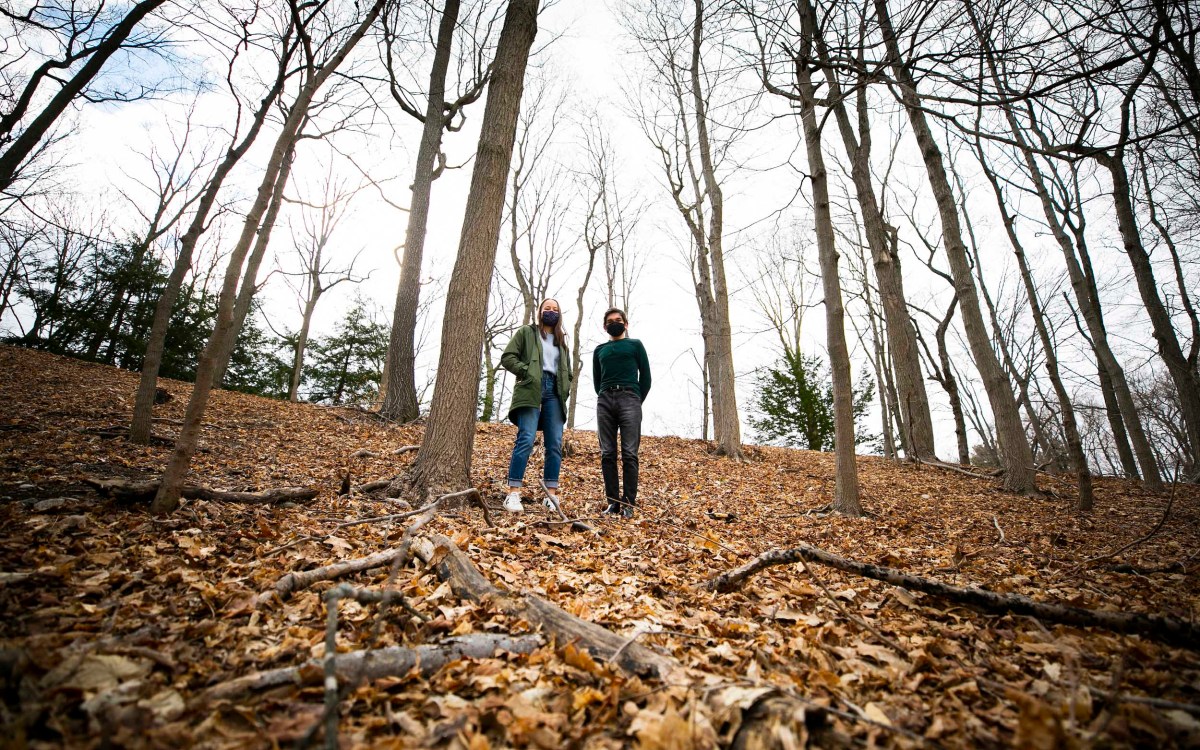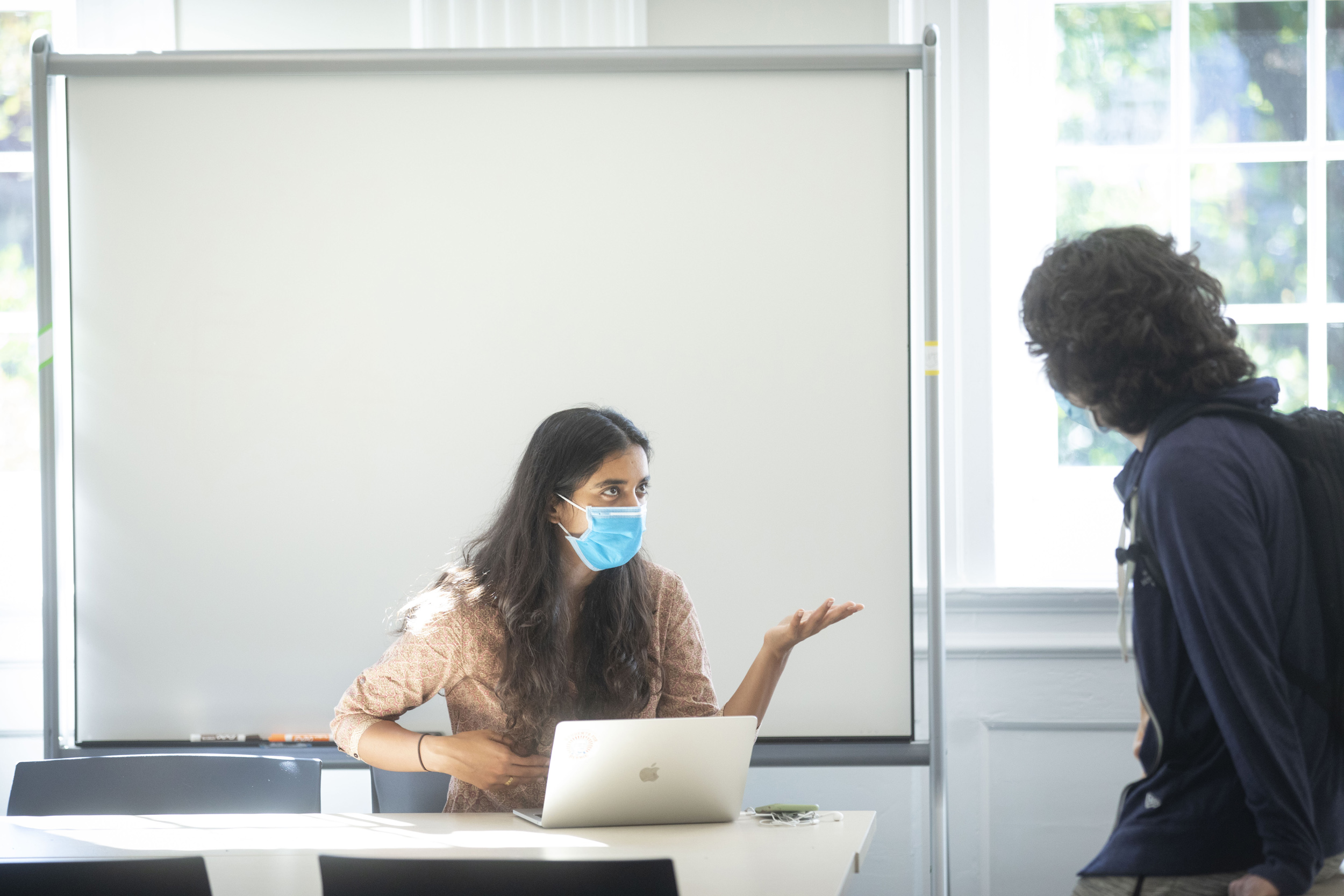
Pariroo Rattan, a teaching fellow in Harvard’s Environmental Science and Public Policy program, speaks in Sheila Jasanoff’s “Technology, Environment, and Society” course.
Kris Snibbe/Harvard Staff Photographer
Coming to grips with planetary existential threat
Environmental Science and Public Policy concentration takes multidisciplinary approach to untangling issues, solutions
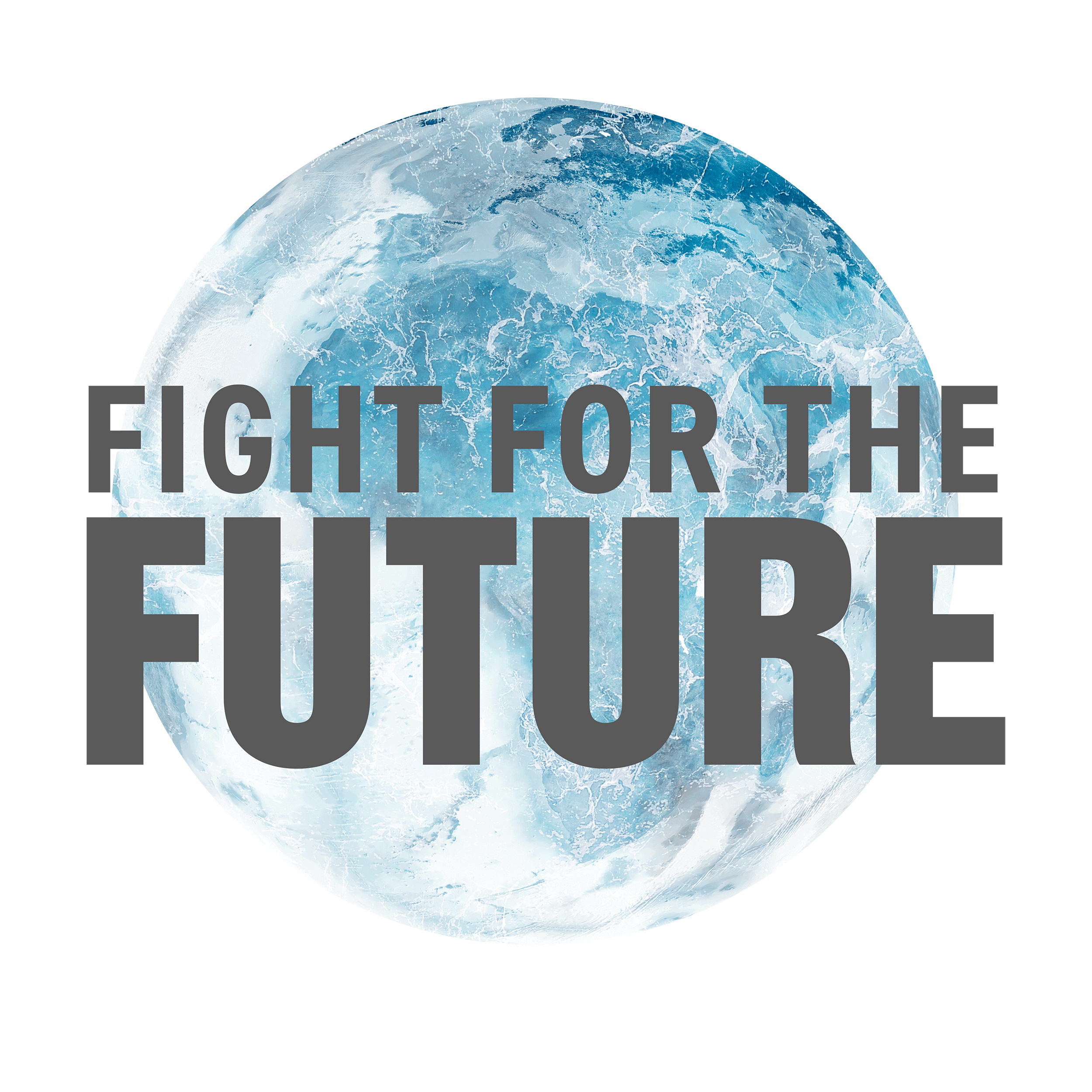
For Emilly Fan, concentrating in Environmental Science and Public Policy feels urgent and consequential. It brought her all the way from her home in New Zealand.
“[It] was the main drawing card in flying to study here,” said the Quincy House senior. “Even having a nocturnal class schedule last year when I was back home in Auckland during COVID didn’t detract from the incredible caliber of classes and the importance of the content.”
Fan’s deep commitment to the environment, which will find her in Glasgow this week as part of Harvard’s contingent at the U.N.’s COP26 climate summit, has been fostered by her concentration, which was created 25 years ago to provide the foundation for thinking about the complex tangle of issues involved in safeguarding life on the planet.
“It marries the science with the policy and, given how intertwined the two are, I knew this is what I want to be studying. There’s a lot of passion behind the youth movement, which is such an important force to harness, but I’ve been conscious of building upon that energy while ensuring that I also have the knowledge and practical skills to call myself a pragmatic and holistic environmentalist,” Fan said.
“It marries the science with the policy. … I knew this is what I want to be studying.”
Emilly Fan, senior concentrating in Environmental Science and Public Policy
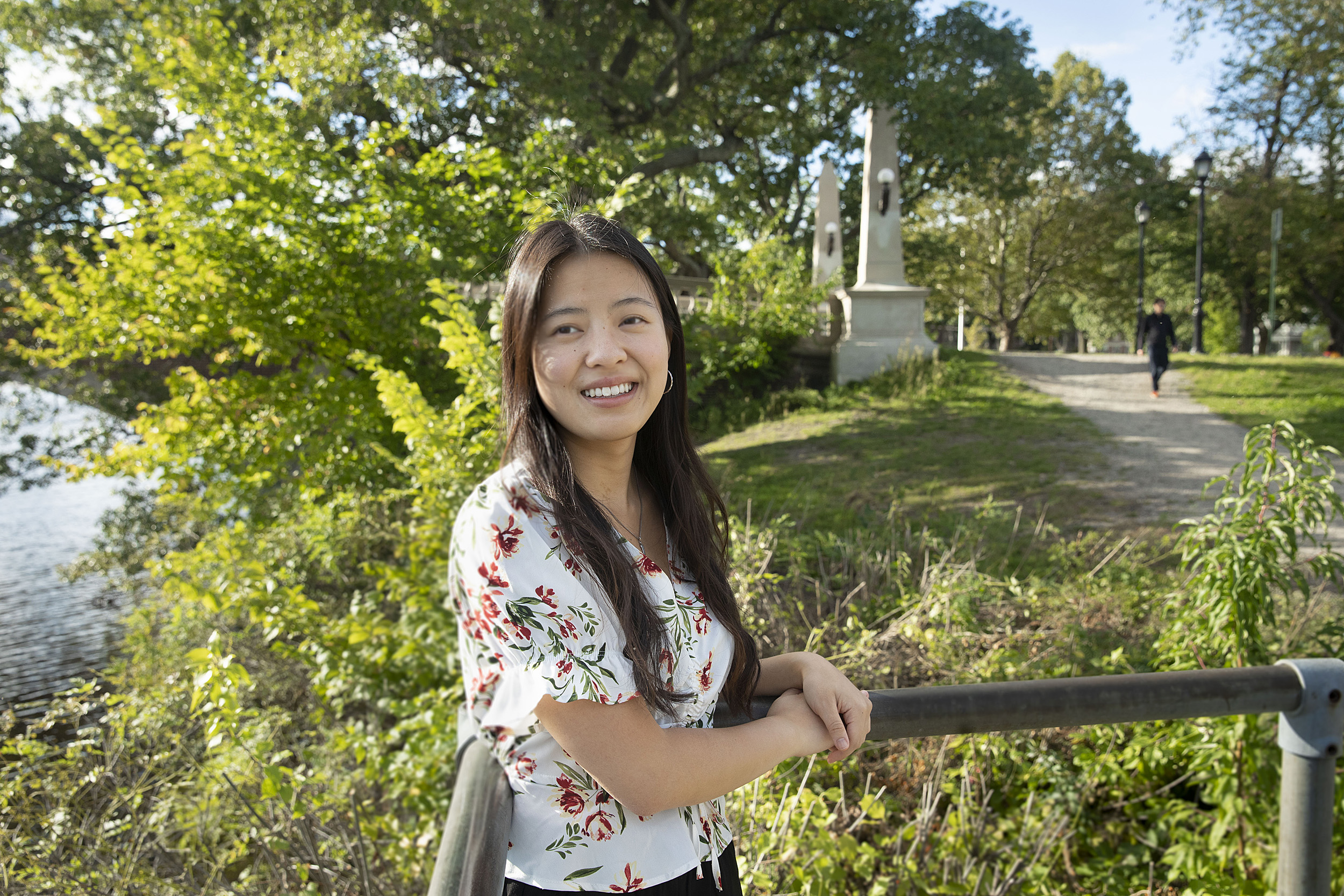
Fan will be part of Harvard’s contingent at the U.N.’s COP26 climate summit in Glasgow this week. During the pandemic, she worked with the New Zealand government to develop emissions-reduction policies that move the country toward a low-carbon future.
Kris Snibbe/Harvard Staff Photographer
Students take multidisciplinary courses from departments such as Earth and Planetary Science and Biology, Government and Economics. Owing to its eclectic nature, Environmental Science and Public Policy lacks the framework of a traditional Harvard concentration. It’s run by a faculty board of tutors and shares space with Harvard University Center for the Environment. Noel Michele “Missy” Holbrook, chair and head tutor of the program, Charles Bullard Professor of Forestry, and professor of biology, said the concentration “pulls at you because it’s really important.”
“For me, as a biologist, I increasingly feel we need to educate our students in ways that will allow them to impact both public opinion and public policy,” said Holbrook, who took the helm as tutor chair after serving as Environmental Science and Public Policy faculty for more than 20 years.
Concentrators number around 50, which Holbrook finds somewhat surprising given the widespread fervor around the topic. But what the cohort lacks in size, it makes up for in dedication.
“They’re passionate in thinking about how to make the world a better place. They are thinking about the tools they’ll need to be impactful. They are following current events, going to Kennedy and Law School events. We don’t necessarily want it bigger, but we’d like for more students to go beyond this feeling of dread or have only a shallow understanding of the issues,” she said. “I also love the faculty who give and give of their time. They are very committed and do this in addition to their own work for their department or School.”
“It’s the next problem to be solved for my generation.”
Wonuola Obasa, junior in Environmental Science and Public Policy program
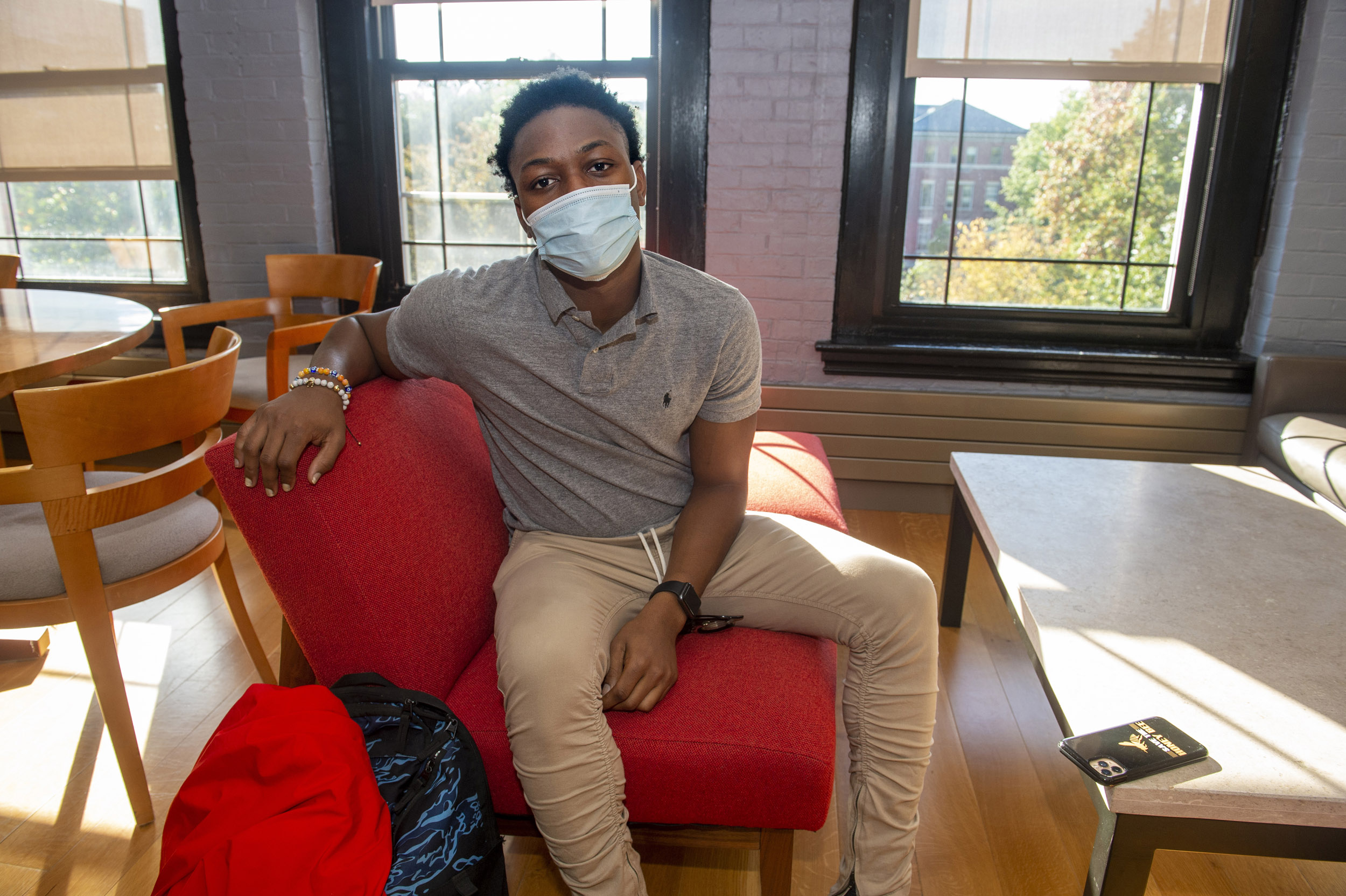
Within Environmental Science and Public Policy, Obasa focuses on public health. He did research on air pollution and health in Nigeria with Medical School Professor David Jones.
Jon Chase/Harvard Staff Photographer
Count among them Sheila Jasanoff, who arrived at Harvard in 1998, two years after the concentration began. The Pforzheimer Professor of Science and Technology Studies at Harvard Kennedy School, she has taught core courses in the program — “Environmental Politics,” and “Technology, Environment, and Society” — for 23 years and is known for her ability to break down particularly technical aspects of topics and examine them through various analytic lenses. Of “Environmental Politics,” she explained:
“I do change the formulation from year to year, but what I’ve settled on is an overarching question about what makes the environment such a political subject. You would think no one wants to live in a poisonous environment and that people wouldn’t want their agriculture killed by heat waves or wildfire. You would expect the environment to be the least political field because we want it sound and healthy, and yet it is one of the most divisive political domains,” she said. “What I teach is four frames of rationalization — science, economics, law, and ethics — each a lens through which you should be able to take the politics out and just solve the problems. Each is a lens through which you should be able to muster support for environmental protection, and yet each one fails.”
“You would expect the environment to be the least political field … yet it is one of the most divisive.”
Sheila Jasanoff, professor of science and technology studies
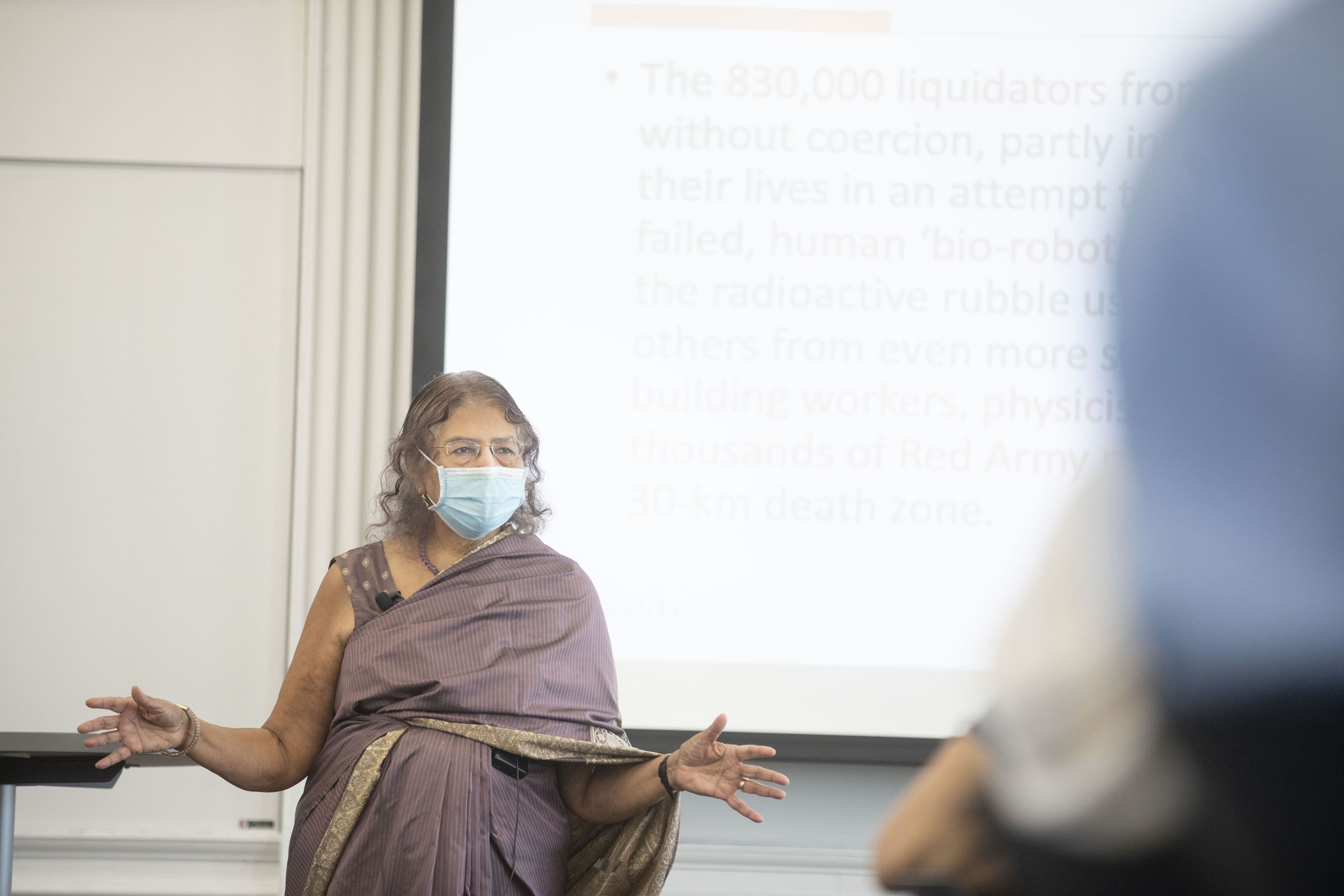
Jasanoff has been teaching “Technology, Environment, and Society” for more than 20 years.
Kris Snibbe/Harvard Staff Photographer
Jasanoff is revered as much for her high expectations of students as for the cider social she hosts for them every fall. Her affection for the integrative work of teaching in Environmental Science and Public Policy and its community is “much more pronounced because there’s a constant sense of vulnerability.”
“I have never had the luxury of a junior person to step in for me. Since 2006, I have not had a semester off teaching. There just is not a person I could train to stand in for me,” said Jasanoff, who considers colleagues in the program such as Daniel P. Schrag and Jim McCarthy, who passed away in 2019, among her closest friends. “I have heard a zillion times that I am unique, but I’m not unique. We all do this because we are driven internally. There is a constant question of renewal and regeneration.”
Schrag, Sturgis Hooper Professor of Geology and Professor of Environmental Science and Engineering, said the concentration’s space at the Center for the Environment, where he serves as director, creates a wonderful synergy between it and the concentration. On any given day, the recently renovated lounge/common space at the Center is filled with students working with classmates and faculty on their studies and various projects.
“It’s about creating community. In a normal [pre-pandemic] year, there would be 20 students in the lounge. One disadvantage for ESPP is that it doesn’t have graduate students or a department structure. But at HUCE, they really feel like this is their home,” he said.

On any given day, a lounge in the Center for the Environment is filled with students working on projects and exchanging ideas.
Jon Chase/Harvard Staff Photographer
Schrag said the “breadth/depth balance” is sometimes a challenge to strike, given limited resources and an aging board of tutors, but both faculty and students have stayed true to the vision that was set when the concentration was started of a rigorous, scientific program focused on some of the most important and challenging issues of our time.
“I advise four ESPP students, and the topics of their research are extraordinary. One is studying Camp Fire (the deadliest wildfire in California history), who pays for it — should it be PG&E or the state, or those living in harm’s way? One is writing a senior thesis on whether comedy is an effective mode of communicating about climate change. The scale of their inquiry is tremendous,” he said.
The search for a new faculty tutor is on as part of a search in Earth and Planetary Science.
“There are many natural connections between EPS and ESPP, as demonstrated by the exciting projects undertaken by recent students who have tackled capstone or thesis work with EPS advisers,” Ann Pearson, Murray and Martha Ross Professor of Environmental Sciences and Harvard College Professor, said. “These projects are diverse and range from water resources, to energy policy, to agriculture, to natural disasters and hazards. A better understanding of changes in our polar regions will be essential as we look toward the altered climate of the future and whether that work is focused on the fate of ice in Antarctica or the changing landscape of the Siberian Arctic.”
“We’d like for more students to go beyond this feeling of dread or have only a shallow understanding of the issues.”
Noel Michele “Missy” Holbrook, Environmental Science and Public Policy chair
Schrag’s first-year seminar “The World of Tomorrow: Inhabiting the 21st Century” was Wonuola Obasa’s point of entry into Environmental Science and Public Policy. As a first-year from Nigeria intent on going to medical school, he considered molecular and cellular biology, but Schrag’s spring course included a three-week section on climate change.
“It’s the next problem to be solved for my generation. I was more hopeful after taking the class and knew this is the field I want to be at the forefront of,” said the Leverett House junior. “That following summer I did research at the Medical School on air pollution and health in Nigeria with A. Bernard Ackerman Professor of the Culture of Medicine David Jones. That showed me I could combine my interest in public health and focus in on vulnerable populations on a global scale. In Nigeria, we have such an air pollution problem with old cars on the road and receiving low-grade fuel from big oil companies. In certain parts there is terrible black soot, so much that you can’t put white clothes outside. And this relates to pulmonary health and other health effects.”
Obasa is grateful for the community he finds in ZESPP, weekly Zoom panels that invite alumni to share their work experiences, and, of course, the lounge space where he is as likely to grab coffee with a professor as hang out with friends between classes. Within Environmental Science and Public Policy, he focuses on human health but loves that fellow concentrators’ areas of focus range from infrastructure to climate science and public policy.
“We all follow our respective passions, but they all intersect. The more you learn, the more you realize, nothing is separate,” he said.
Fan is specializing in energy and U.S.-China climate policy. During COVID, she worked with the New Zealand government to develop emissions-reduction policies that move the country toward a low-carbon future.
“This was a hugely rewarding role that gave me insight into the complex inner workings of climate policy,” she said. “At the end of the day, the most important thing for me is to look at climate issues with a balanced lens that takes into consideration the needs of marginalized communities, including small island nations that don’t often get as much of a say in an issue that will disproportionately affect them.”




